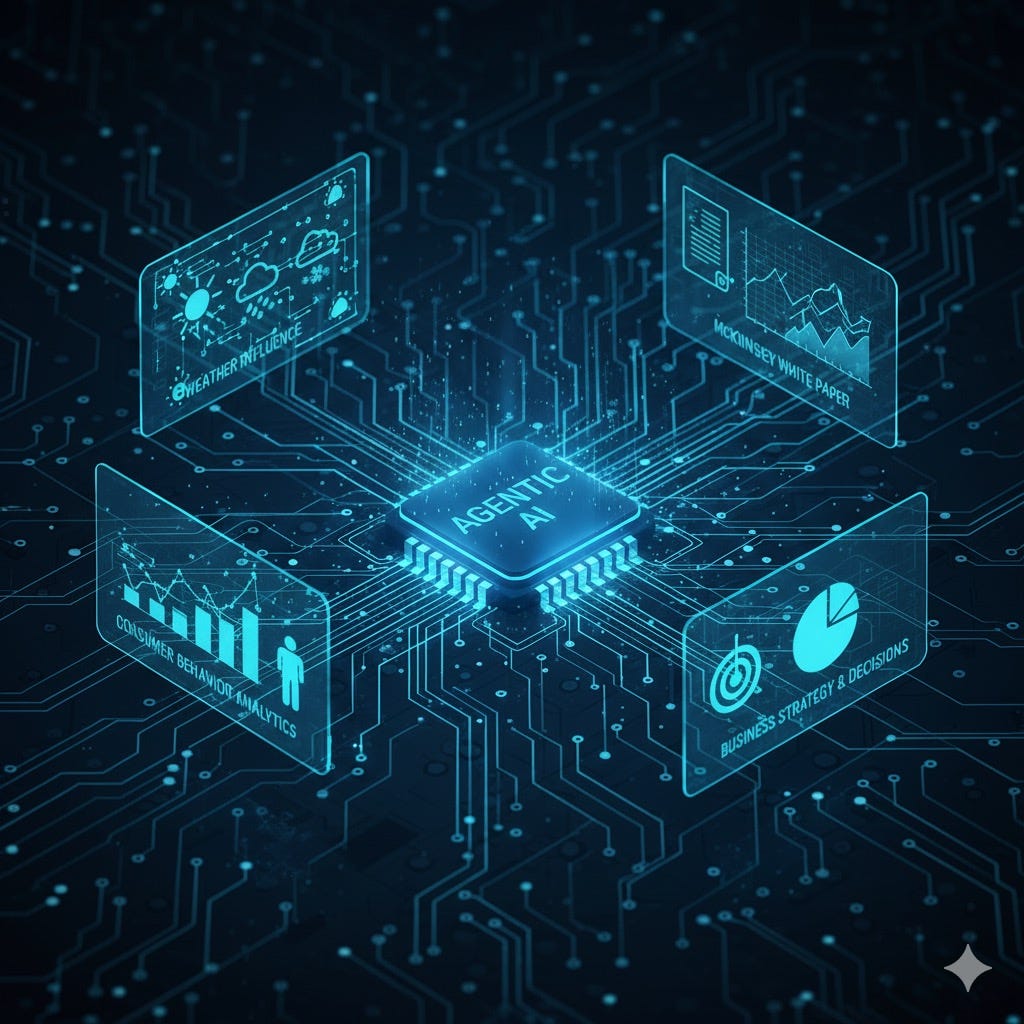The Forecast Revolution, Reframed
How McKinsey’s Agentic AI framework validates the next phase of weather-driven decision intelligence.
The Consulting World Just Caught Up
A recent McKinsey report, Seizing the Agentic AI Advantage, lays out a striking premise: despite the hype, most organizations have yet to see a measurable financial return from AI.
Their diagnosis is simple — and familiar:
The problem isn’t model accuracy. It’s application.
That insight might be new to the AI community, but it’s been the core challenge in weather intelligence for decades.
We’ve long known that better forecasts don’t automatically create better outcomes. The question was never “Can we predict the weather?” — it was “Can we use it to make better decisions?”
Keep reading with a 7-day free trial
Subscribe to G2 Weather Intelligence to keep reading this post and get 7 days of free access to the full post archives.


